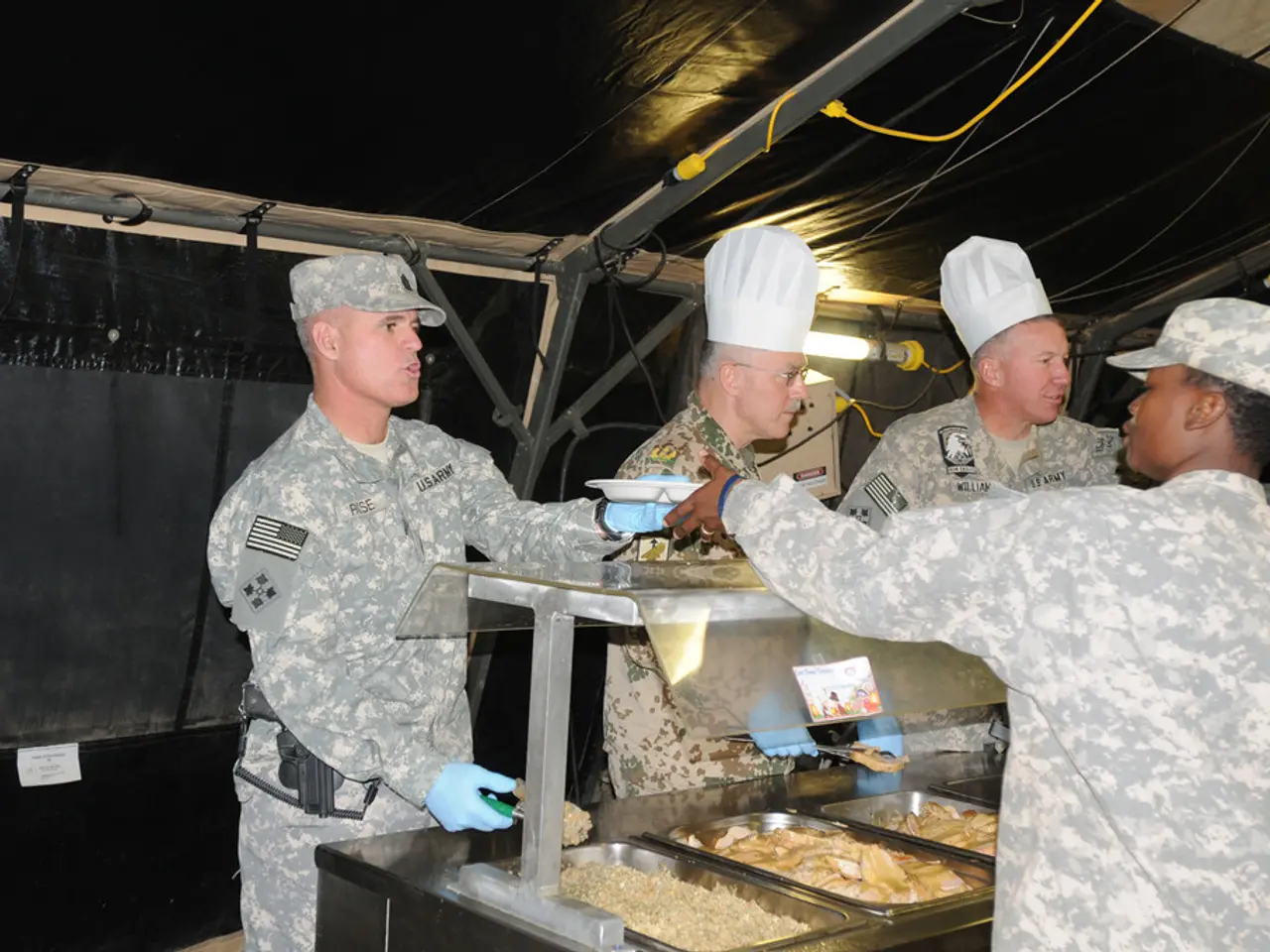Donating Used Apparel
In Siegen-Wittgenstein, Germany, textiles that are heavily soiled or torn and cannot be donated are not reused or resold but instead disposed of as textile waste. These materials may be recycled for other industrial uses, such as insulation material or cleaning rags, or, if recycling is not possible, they are sent for energy recovery or disposal via the local waste management system.
Many regions in Germany, including Siegen-Wittgenstein, have organized textile collection systems. Wearable items are resold or reused, but heavily damaged or soiled materials are diverted from donation streams and processed separately to avoid contamination or waste buildup. The German Red Cross, private companies, and other non-profit organizations like the Ketteler-Cardijn-Work from Olpe are among those involved in the collection of used clothes and shoes in the region.
The Red Cross requests that heavily soiled or torn textiles are not thrown into the used clothing containers. Instead, these items are disposed of via the private residual waste bin. While the Red Cross does not elaborate on the reasons behind this request, it is likely due to the unsuitability of such items for direct distribution. The Red Cross also does not specify the identity of the recycling partner that handles the rest of the used clothing that is not suitable for direct distribution.
Dr. Martin Horchler, the full-time chairman of the DRK district association Siegen-Wittgenstein, has expressed his concerns about the dramatic decrease in prices on the market for used clothes. Stefanie Schierling, the press spokesperson for the DRK district association Siegen-Wittgenstein, is the primary contact for media inquiries regarding the Red Cross's textile collection activities in the region.
For those seeking more definitive guidance on the proper disposal of heavily soiled or torn textiles, local waste management or municipal environmental offices in Siegen-Wittgenstein would provide the most accurate information. It is not specified if the Red Cross has any plans to change the disposal method for heavily soiled or torn textiles in the future.
In conclusion, it is essential to ensure that textile waste is disposed of responsibly to promote a circular economy and adhere to local waste regulations. By properly disposing of heavily soiled or torn textiles, we can help reduce waste buildup and contamination in donation streams, and contribute to a cleaner and more sustainable future for all.
[1] For more information on textile collection and recycling in Siegen-Wittgenstein, please refer to the official websites of the local waste management authorities or the German Red Cross.
In Siegen-Wittgenstein, heavily soiled or torn textiles are not suitable for donation and should be disposed of via the private residual waste bin, as requested by the Red Cross. To find out more about the correct disposal of textiles and local recycling options, residents are advised to consult their local waste management or municipal environmental offices.





